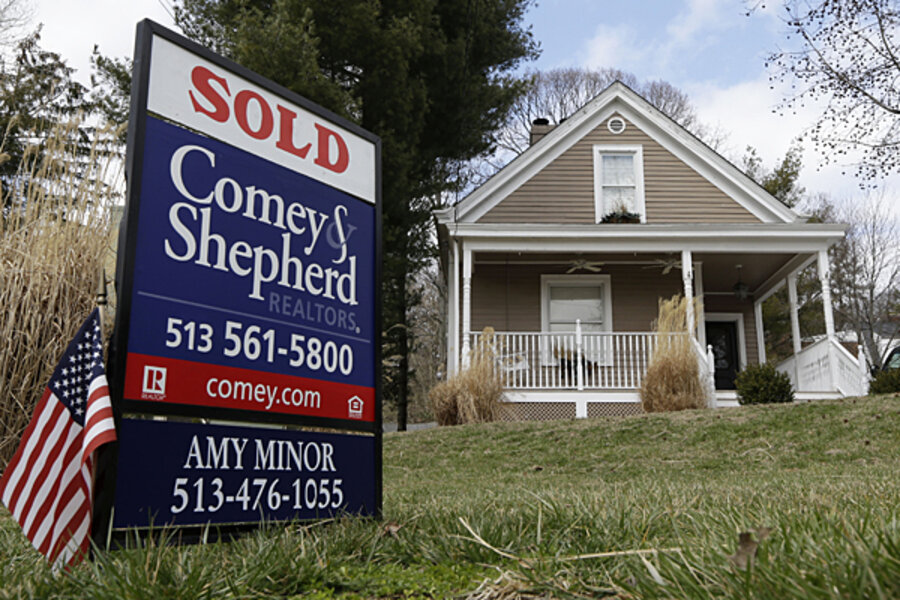Low home prices: Time to reform the mortgage tax subsidy?
Loading...
Housing industry lobbyists often make the case that, whatever you think of the mortgage interest deduction, now would be a terrible time to eliminate or restructure the subsidy. After all, they say, the housing market remains so shaky that ending the deduction would send home prices back into a tailspin.
However, there is a contrary case to be made: It may be that with both interest rates and prices so low, this could be the ideal time to redesign the tax subsidy for home ownership. Because monthly mortgage payments for many homeowners and buyers are lower than they have been for years, trimming or restructuring the MID might have less impact than we thought.
Last November, a panel of housing experts brought together by the Urban Institute concluded that “current housing conditions reveal several factors that would likely dampen the marketwide effects” of reforming the mortgage interest deduction.
According to a summary of the session, the roundtable participants concluded that “post-recession housing market conditions have disrupted the normal relationships between user costs, rents, and house prices.” In other words, the market is such a mess that it is no longer possible to predict what would happen if the MID were repealed today.
Studies of the pre-bust housing market found that eliminating the MID and the tax deduction for property taxes would substantially knock back prices, especially in communities with high housing costs. For instance, in a 2010 paper based on 2007 data, my Tax Policy Center colleague Ben Harris found that scaling back the MID would lower prices significantly.
But new research that looks at the housing market from 2006 to 2010 finds “no discernible relationship” between house prices and the MID, according to the session summary. What was clear to most researchers before the housing bubble burst is now ambiguous at least.
The roundtable included representatives of the U.S. Treasury Dept., the White House, the Federal Housing Finance Agency, Fannie Mae, Congress, the housing industry, the Federal Reserve Board, the Wharton School, and several think tanks including Urban.
Keep in mind that while studies often look at the consequences of eliminating the MID, most proposals would restructure, not repeal, the tax subsidy for home purchases. In addition, any reforms would likely be phased in over a period of years. This could soften any short-term effects.
Among the more realistic alternatives to outright repeal, Congress could cap mortgage debt at $500,000 instead of today’s $1 million, or replace the deduction with a refundable credit.
Such changes would shift the subsidy to people with low- and moderate-incomes who buy in low- and moderate-income neighborhoods. The current deduction mostly benefits the highest-income 20 percent of households.
While these revisions might lower high-end prices, they could stabilize prices for lower-priced homes. The online real estate site Zillow.com concludes that a $25,000 cap on all deductions would most affect zip codes with a mean home value of over $850,000.
The housing market seems to be recovering, and mortgage rates have begun to creep up from their historic lows last summer. If those trends continue, the politics of the mortgage deduction will surely change again. But one thing is clear: We may know a lot less about the relationship between the mortgage deduction and housing prices than we thought we did.







